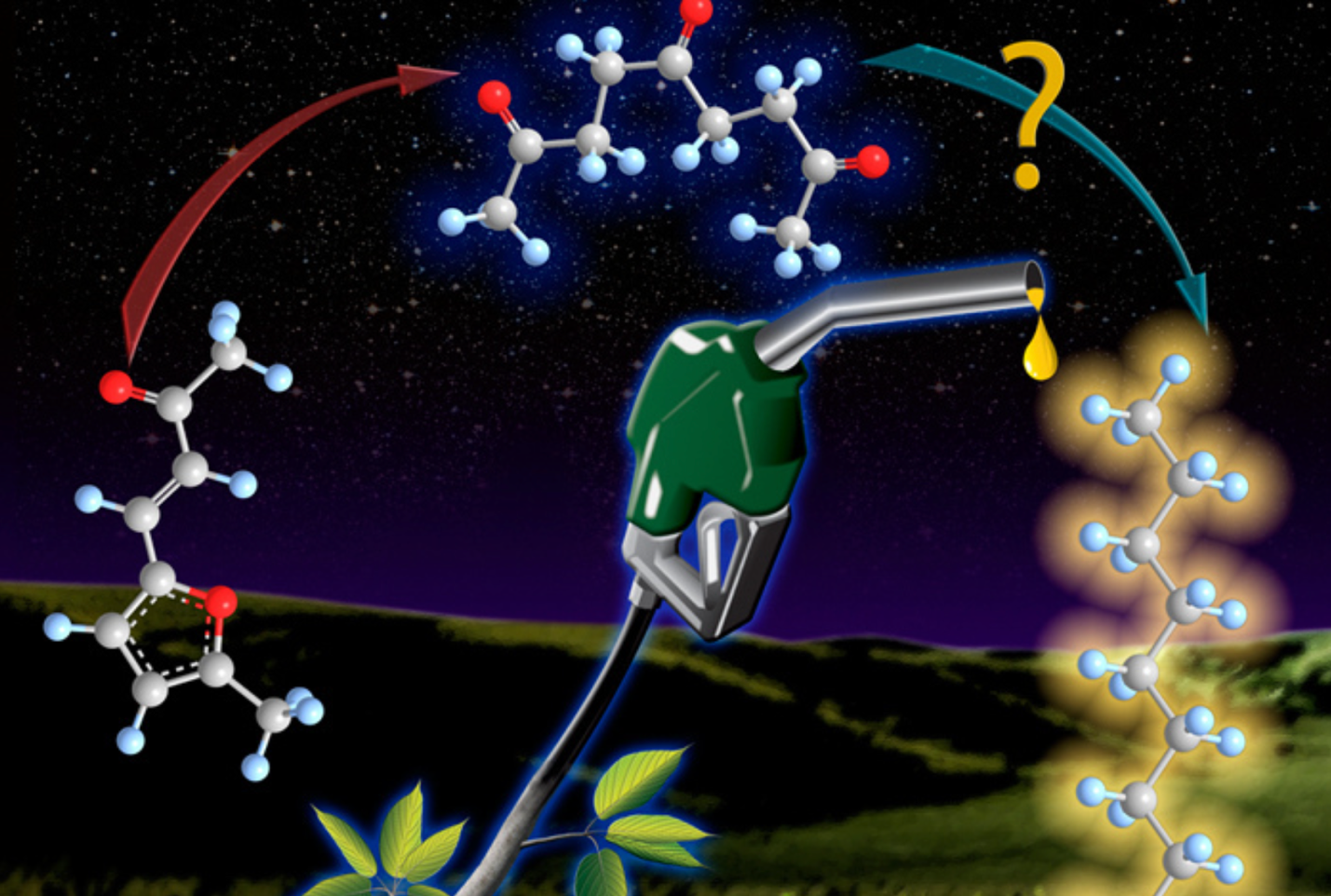Bioenergy and Bioproducts
“Clean, affordable, and reliable forms of energy are critical to our state’s future and robust economy.”
– Doug Ducey, Governor of Arizona
Replacing fossil fuels with biofuels is a key options needed for pathways to reducing carbon emissions and meeting energy demand. In fact, there are many energy sectors in which the production and consumption of biofuels intersect with CO2 capture, storage, and use. The U.S. Department of Energy is investing in technologies to produce clean energy using renewable biomass.
The Intermountain West has a rich agricultural history, large land resources, high solar radiance, and existing CO2 waste streams that could be leveraged for a robust bioeconomy. The I-WEST initiative is investigating the benefits and risks of deploying bioenergy technologies in the Intermountain West energy system, including how to mitigate environmental concerns, such as water scarcity.
What is Bioenergy?
Bioenergy is a form of renewable energy derived from the carbon stored in biomass. Biomass feedstocks, such as agricultural residues, algae, dedicated crops, forestry residues, and other waste streams, can be burned to produce heat and electricity, or converted to liquid transportation fuels that can replace petroleum-derived fuels. In addition, biomass can be used to create valuable chemicals and materials—known as bioproducts—that can directly replace similar products derived from petroleum or provide functional performance advantages over traditional petroleum-derived products.

Bioenergy and the Carbon Economy
Carbon is at the heart of the circular bioeconomy. Plants naturally capture CO2 from the atmosphere through the process of photosynthesis, and through various conversion and manufacturing processes, the carbon in those plants can be used to generate fuel and manufacture products. Technologies are under development to capture CO2 emissions from conversion and manufacturing processes so the produced CO2 can be pumped back into the bioeconomy.
The U.S. Department of Bioenergy Technologies Office (BETO) is investing in research on how to use captured industrial waste gases to fuel advanced algal systems. Various strains of algae are able to absorb large amounts of inorganic carbon, such as CO2, and convert it to biomass using the energy from the sun. This algal biomass, which can produce 3–10 times the yield of traditional crops per area unit and is rich in lipids and carbohydrates, is suitable for conversion to high-performance fuels and products. Continued advancement of algal system technologies will increase demand for captured carbon and other greenhouse gases used to “feed” algae, contributing to the new, integrated bio- and carbon economies.

Biofuels and Bioproducts
As gas prices continue to rise and reducing emissions becomes more critical, research is focused on finding petroleum alternatives. Liquid fuels made from biomass—known as biofuels—can be used to power airplanes, cars, and trucks. Functionally equivalent to petroleum-based fuels, biofuels such as ethanol and biodiesel have a key role to play in a clean energy transition.
Biomass can also be converted to heat, gas, and electricity using several techniques such as direct-firing, cofiring, gasification, and pyrolysis. Most biopower is generated using direct-firing—burning feedstocks to produce steam. That steam can be converted to electricity or used directly to power industrial plants and heat buildings.
Roughly 16% of U.S. crude oil consumption is used to make petrochemicals and products, including chemicals, fertilizers, paint, and lubricants. Although these uses represent a small fraction of a barrel of oil, they are higher value than the fuels from the same barrel; as such they contribute billions of dollars to the U.S. economy. Many of these products can instead be produced from biomass, and the global market share of these bioproducts is expected to grow substantially from 2% in 2008 to 22% by 2025. Bioproducts can be made in biorefineries using similar feedstocks, infrastructure, and technologies that are central to biofuel production. This synergistic strategy provides an efficient and cost-effective way to make the most of our biomass resources.
Conversion
Biomass is a carbon-neutral, renewable energy resource with the potential to meet a significant portion of our future energy needs, but limiting factors exist. Barriers include the current high cost of converting biomass into usable fuels and feedstocks. The finite availability of biomass means biomass conversion technologies must be highly efficient to maximize economic and environmental benefits. This is another area of research in which BETO is developing technologies to deconstruct biomass efficiently so it can be converted into biofuels, as well techniques to synthesize and upgrade deconstructed biomass to produce a finished product.
Regionally, I-WEST is gathering input from potential bioenergy producers and consumers on issues related to technology development and deployment, as well as the benefits and risks of growing a bioeconomy in the Intermountain West.




